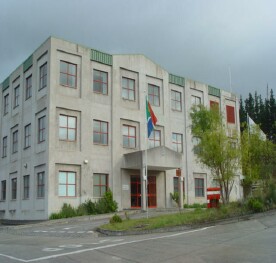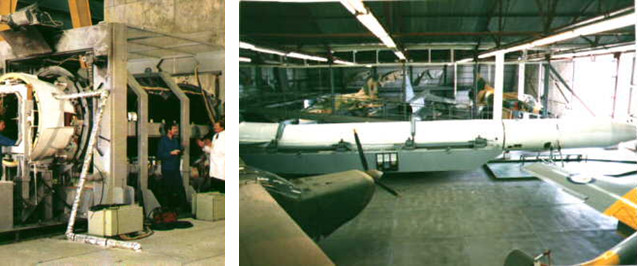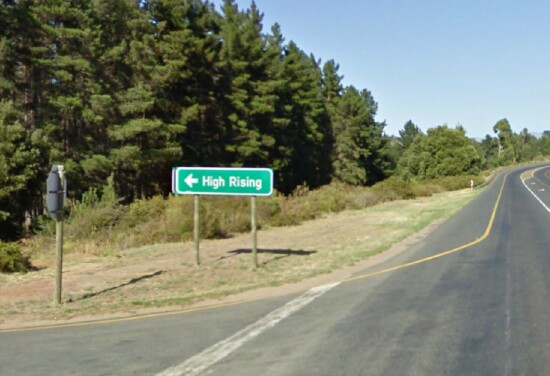In the late 1980s and early 1990s South Africa wanted to develop a space rocket known technically as a satellite launch vehicle (SLV). It was intended to place satellites into low earth orbit. Denel was commissioned to develop this SLV and low orbit spy satellite. Denel, still the largest manufacturer of defence equipment in South Africa, focuses primarily in the military and aerospace enviroment. This specialised work was to be done by Denel’s aerospace division called Houwteq. A new Houwteq development complex was build between the pine forests, fynbos and martian like landscape near Grabouw in the Western Cape.

A test site at the Overberg test range known as OTB, where prototype rockets could be launched was established near Bredasdorp, and a high-tech static rocket motor test facility was set-up at Rooi-Els, also in the Western Cape.
Three rockets were assembled. RSA-1 and RSA-2, were launched from OTB. These SLV’s were designed to drop a flight data recorder (FDR), similar to a commercial aircraft’s black box, seconds before their final impact. Retrieving the data from these FDR’s was vital for Houwteq as they would provide critical information for the final development and launch of the RSA-3 rocket, with its payload.

The launch and test flights of RSA-1 and RSA-2 were observed remotely at high rising observation (HRO), a remote observation centre back at Houwteq. Andre commissioned the launch and the flights performed perfectly but for some reason the tracking system of the FDR for RSA-2 never activated and it was never retrieved.

According to an “official statement” released by Johan, these prototype rockets were ‘crashed into the sea’ a totally ludicrous thing to do with SLVs, as this means that you have not established their ability to place satellites into orbit or carry payloads. SLVs are ‘crashed’ only if they malfunction. On the other hand, crashing them into the sea would mark the end of a successful ballistic missile flight trajectory.
South Africa had its first fully democratic elections in 1994. Against this background, defence spending was slashed, and the SA Defence Force no longer had the money or necessity to continue with the RSA rocket programmes. The technical specialists were transferred, retrenched, retired and resigned while a significant number emigrated.
Although most of the development equipment and infrastructure was left intact, Houwteq had to dismantle its existing RSA rocket components, and retrieve all technical data from its subcontractors. The propellant manufacturer had to eliminate the RSA’s solid propellants and rocket casings that remained in stock. Denel filled in its large engine casting pits at Somerset West and demolished the large-scale X-ray inspection equipment. The static motor test facility at Rooi Els was converted to a nature reserve. The Overberg Test Range was allowed to remain for use by 'potential foreign partners'. Following these measures, South Africa joined the Missile Technology Control Regime in September 1995. RSA-3 was put on display at the SA Air Force Museum at Swartkop, Pretoria.

During a return visit to Houwteq some years later, I found a local University giving a handful of Central African students some very basic electronics training on equipment that was capable of so much more. I walked through the development areas of the facility and found myself in the remote HRO area. Most of the equipment had been removed from this area and the room was basically derelict. In the corner was an old filing cabinet. In it I found some old documentation pertaining to the launch of RSA-1 and RSA-2. I have attached it as additional data. Perhaps this info will assist you in finding the FDR from RSA-2 which is believed to be within a 50km radius from the Port Elizabeth Airport.
It is believed that this cache is in a “sensitive” area. Permission has been granted by the relevant authorities for this cache to placed where it is.
Logs with spoilers will be deleted.
Happy Hunting !!
FTF Honours go to jakl+hide – 12.02.2011
